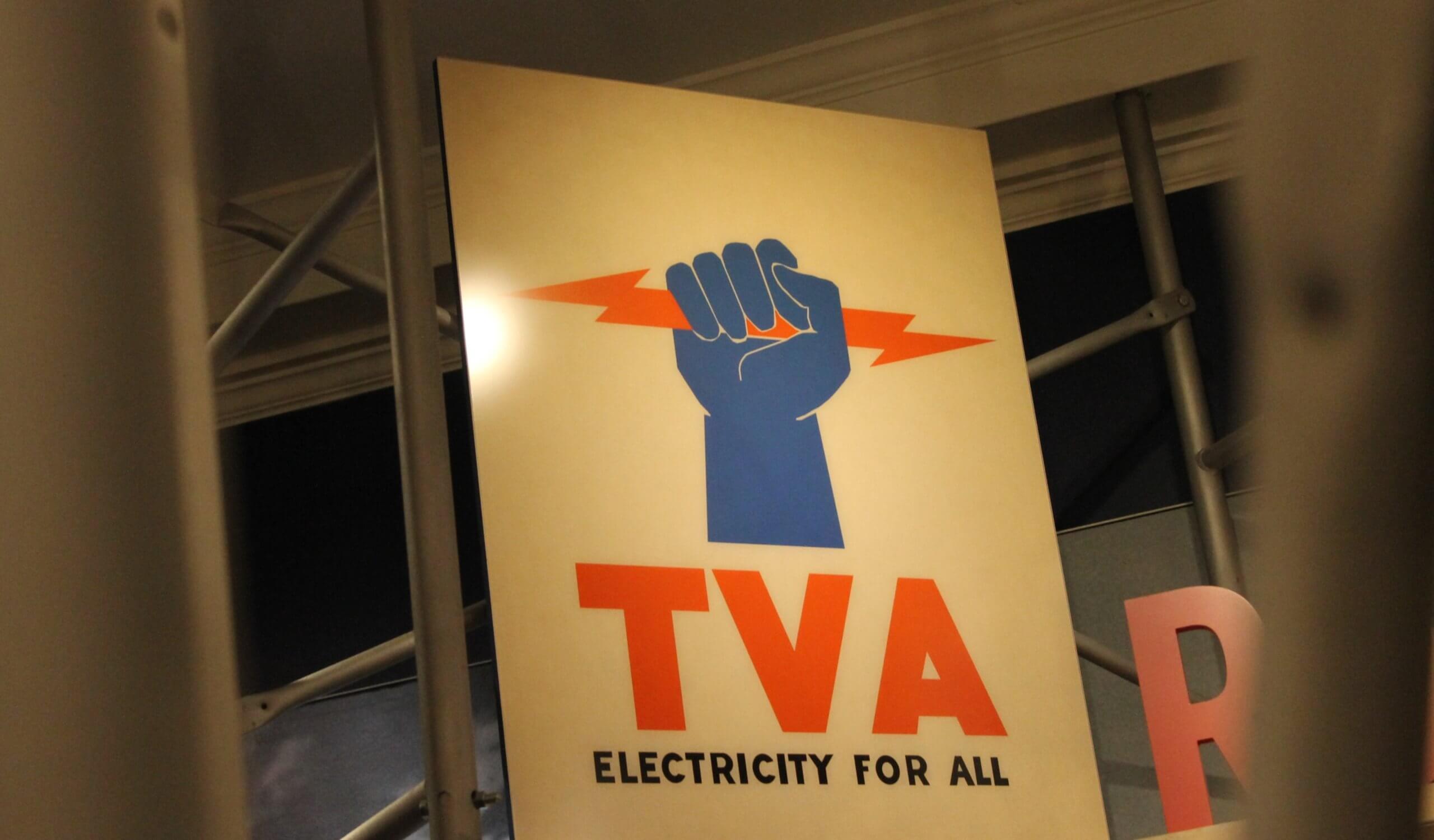Kamala Harris shone in the Senate when she was asking questions in hearings. That is where the idea that she might have presidential possibilities flourished. Democrats, observing her surefootedness, were led to think, “Here is the next Barack Obama.”
But the shine is off Harris and the tarnish is setting in.
When Harris ran for president, the only evidence of that hearing-room confidence was when she attacked front-runner Joe Biden in the Democratic debates. She implied he was the proprietor of old ideas and hinted that he wasn’t up to date on matters of race.
So, it was extraordinary that Biden chose Harris to be his running mate. There were other strong contenders among those who had sought the Democratic nomination, and many more who hadn’t run for president. Sen. Amy Klobuchar (D-Minn.) is the one who should have been chosen: a tough, well-qualified woman of her times.
Biden, in choosing Harris, heard the music of diversity which has been turned up of late. He felt the need to make history and to show that he was in accord with the values of today.
But he must have had some dealings with Harris when he was vice president; observed her in action in the Senate and heard about the difficulty she had organizing her small Senate staff. He must have done the political equivalent of due diligence. And he must have been cognizant of the damage Sarah Palin did to John McCain’s candidacy in 2008.
Whereas Obama appeared not to think of himself as being of color, Harris clings to it. Her journey intrigues her; Obama’s didn’t intrigue him. He traveled it with purpose and dignity.
Now it must worry the president to learn, as the rest of us have, that Harris seems to have no ideas. Her public remarks are flip at worst and off-the-shelf liberal at best.
What does she see as the future for America? This isn’t laid out or even discernable. We need to know her vision because she is vice president to an old man – the metaphorical heartbeat away.
Harris and Biden have chosen to believe that solidarity at the top is an important message, hence the frequent references in White House announcements to the “Biden-Harris Administration.” In public, Harris is often at Biden’s side. But she often seems to be standing there as his girl Friday, not as the second-in-command.
In his well-reported piece in The Atlantic, Edward-Isaac Dovere hunted for the real Harris and didn’t appear to find her. He notes that she asks good, hard questions, like a good prosecutor, but as she dodges reporters, they aren’t able to ask good, hard questions of her.
It isn’t a given Democrats will back Harris if Biden turns out to be a one-term president which given his age, 78, is a reasonable supposition. But ditching her would be hard because it might cost the party its progressive wing and keeping her might cost them as dearly in the center.
Republicans are salivating at the thought of running against Harris. She is the bright sun in their darkening sky.
The immigration assignment seems to have been thrust on Harris. It is unlikely she sought it. She doesn’t appear to have grasped it with relish. Save for brief visits to Guatemala and Mexico, she has done and said little.
Harris is finally looking at the chaos on the border herself. She needs to present a better idea than championing what amounts to nation-building in Central America. That has been tried and tried again and failed.
She isn’t going to solve the pain inherent in the immigration challenge, but it is a wonderful opportunity for her to give us her view of America, and what we might expect from a President Harris. Another assignment that could be thrust upon her.









